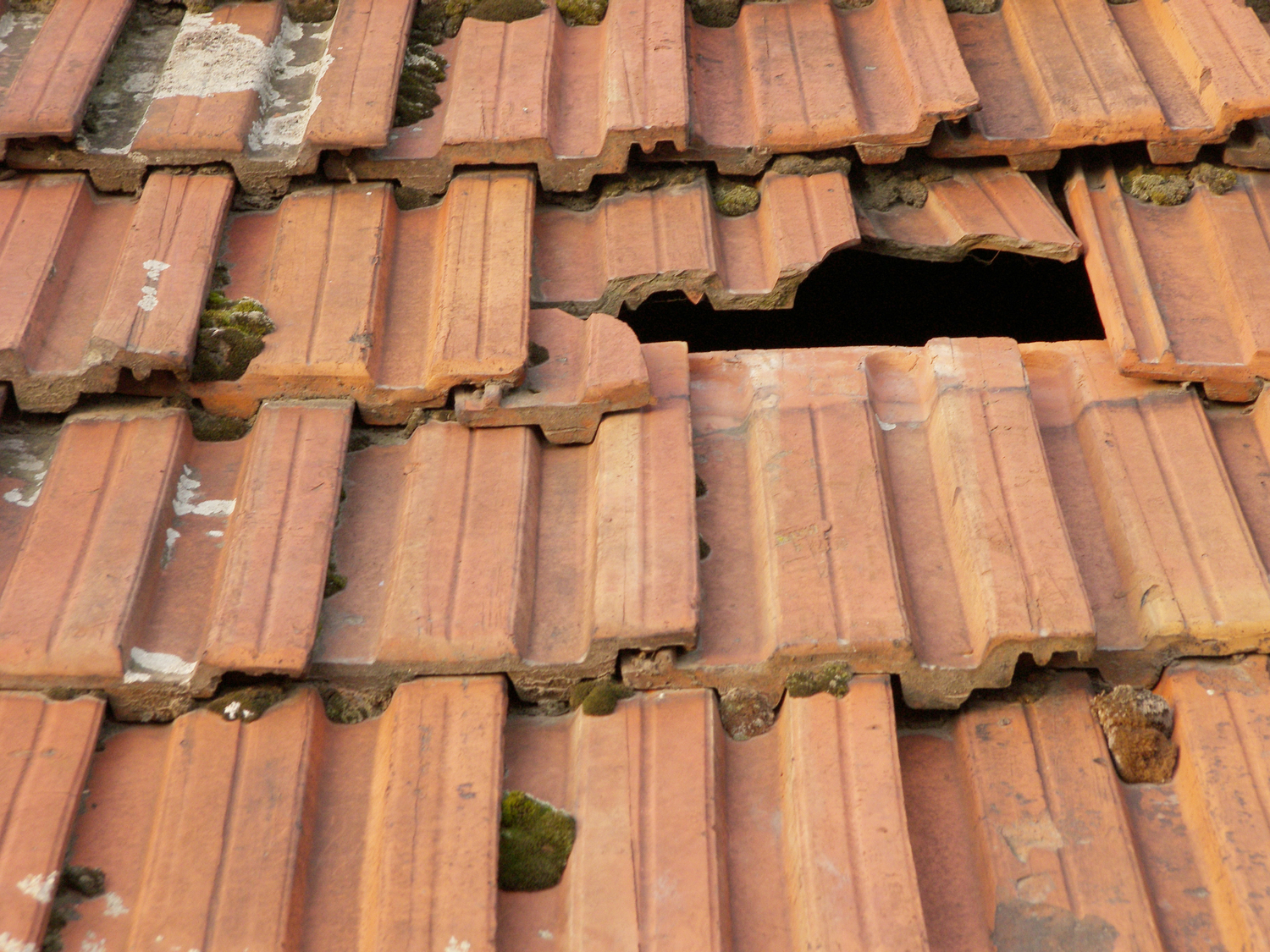Lay more 2 by 4s on either side of the tarp and attach those as well for a tight well secured water barrier.
How to hold down a tarp on a flat roof.
Then fold the excess tarp under a few rotations for a tight clean fit.
Never lay the tarp out during a storm.
Came out to the shop this morning to find a fresh water leak.
Lay the tarp flatly over the damaged area and make sure there are at least 4 feet of it overhanging past the roof s peak and the rest over the eave.
Lay the tarp out flat over the roof.
Wrap the end of side a over a 2 by 4 that is 2 feet wider than the distance between sides b and d.
Screw the roll side down either at the edge of the roof or to the fascia with a few screws pulling the tarp tight around the edges apply 1 3 strapping with deck screws every 8 to 12 making sure you have one within 2 to 3 of each edge.
Extend the top edge of the tarp over the ridge of the roof.
Grab one corner of the tarp and have a helper grab the other end.
Pull away from each other until the tarp is fully unrolled.
Secure the tarp s remaining sides with additional 2 x 4 boards using your screw gun and screws.
To begin securing the tarp screw through the rolled 2 x 4 boards with your screw gun.
This will prevent water and debris from entering the damaged area.
Sandwich the tarp.
Attach 2 x 4 boards to both edges of the tarp just on the peak side perpendicular to the anchor board.
The screws must pass securely into the roof.
Here s how to temporarily tarp a roof to keep your stuff inside dry until you can repair it rig.
Let the rest of the tarp hang off the lower border of the roof that overhangs the wall known as the eave.
Wrap the tarp over the 2 by 4 not under it to prevent the collection of debris.
Wrap the tarp around the 2 by 4 at least twice.
Don t forget to secure the strapping used in step 4.
The 2 by 4 should be about 2 feet longer than the tarp width.
Screw the 2 by 4 directly into the roof to secure it.
Fully secure your roof tarp to prevent flapping.
Bring all of your tools up to the roof.
Extend the top edge of the tarp over the roof.
Positions several 1 2 pieces of lumber on the tarp running vertically down the slope of the roof.
If needed cut off the excess tarp from the other end leaving about a 4 overhang.
Lay the tarp across the roof so that at least 4 feet 1 2 m lies on the sloped part of your roof on each side known as the peak.

